In the realm of personal care devices such as electric toothbrushes, water flossers, and oral whitening kits, the risk of mucosal irritation due to lingering chemical residues is an increasingly serious concern. While trace amounts of cleaning agents, lubricants, or manufacturing chemicals are often considered acceptable within industry standards, their cumulative effects on sensitive oral mucosa raise valid safety questions. Is this irritation merely a temporary discomfort—or a sign of potential toxicity?
Chemical residues may remain on or within devices due to several factors in manufacturing and user handling:
These residues can transfer to the oral cavity during use, potentially causing discomfort or harm.
When chemical residues contact the delicate mucosal tissues inside the mouth, several reactions may occur:
This is particularly critical for users with existing oral sensitivities, such as those undergoing orthodontic treatment or suffering from mucosal disorders.
While mild mucosal irritation may resolve on its own, repeated or high-level exposure to chemical residues poses greater risks:
Manufacturers must recognize that even low-level chemical exposure can have long-term biological impacts if not properly controlled. Company web: https://www.powsmart.com/product/electric-toothbrush/
Several production-related issues can increase the chance of residue-related irritation:
Such lapses not only compromise product safety but also risk regulatory non-compliance.
OEM/ODM manufacturers can adopt the following strategies to prevent mucosal irritation risks:
These measures ensure that end users experience both safety and comfort.
To stay ahead of evolving consumer safety demands, brands can explore:
These innovations can position manufacturers as leaders in safe, irritation-free oral care technology.
In conclusion, while occasional mucosal irritation from chemical residues might seem minor, it could indicate deeper product design or production flaws with potential toxic implications. For manufacturers, addressing these risks is not only a matter of regulatory compliance but also critical to ensuring long-term customer trust, product quality, and market competitiveness. Contact us
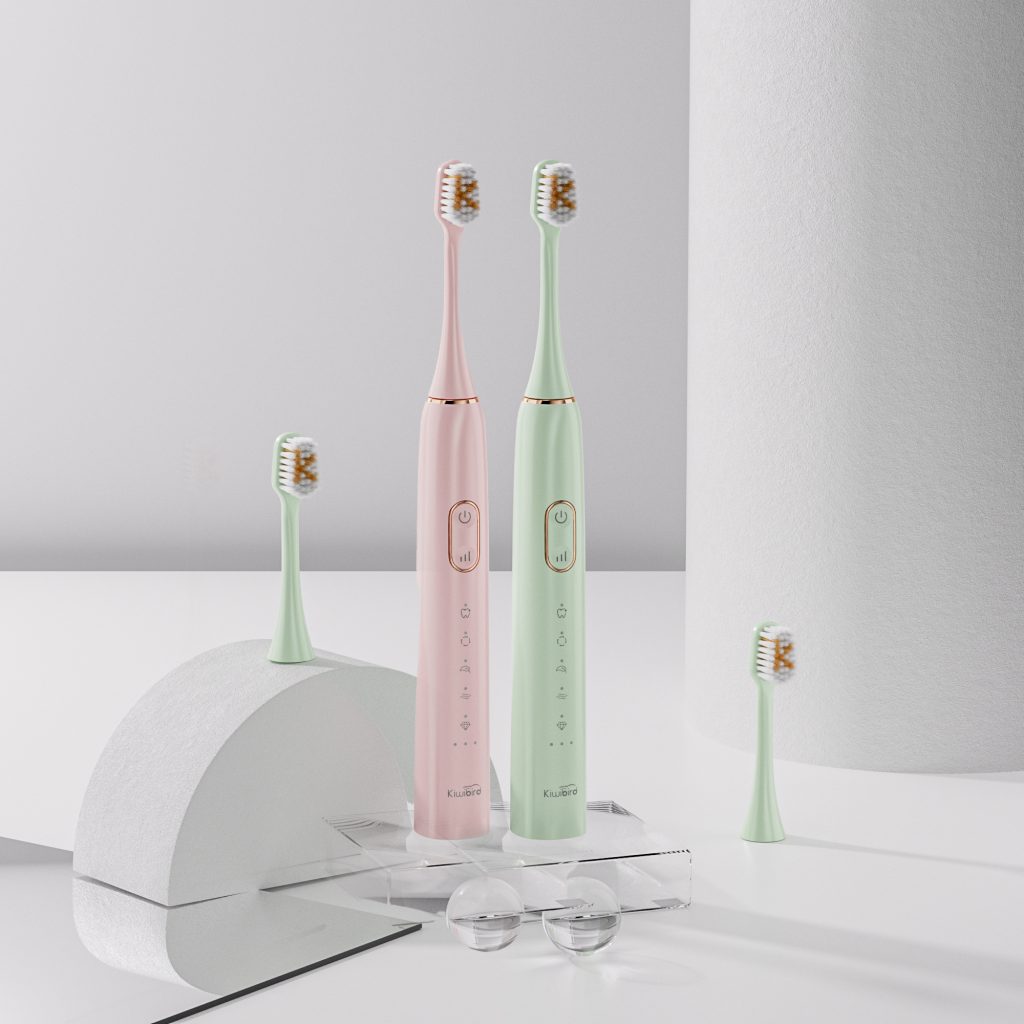
.jpg)
Nozzle Blockage Causing Pressure Loss?
.jpg)
How Brands Can Achieve Higher Margins with Premium Water Flossers
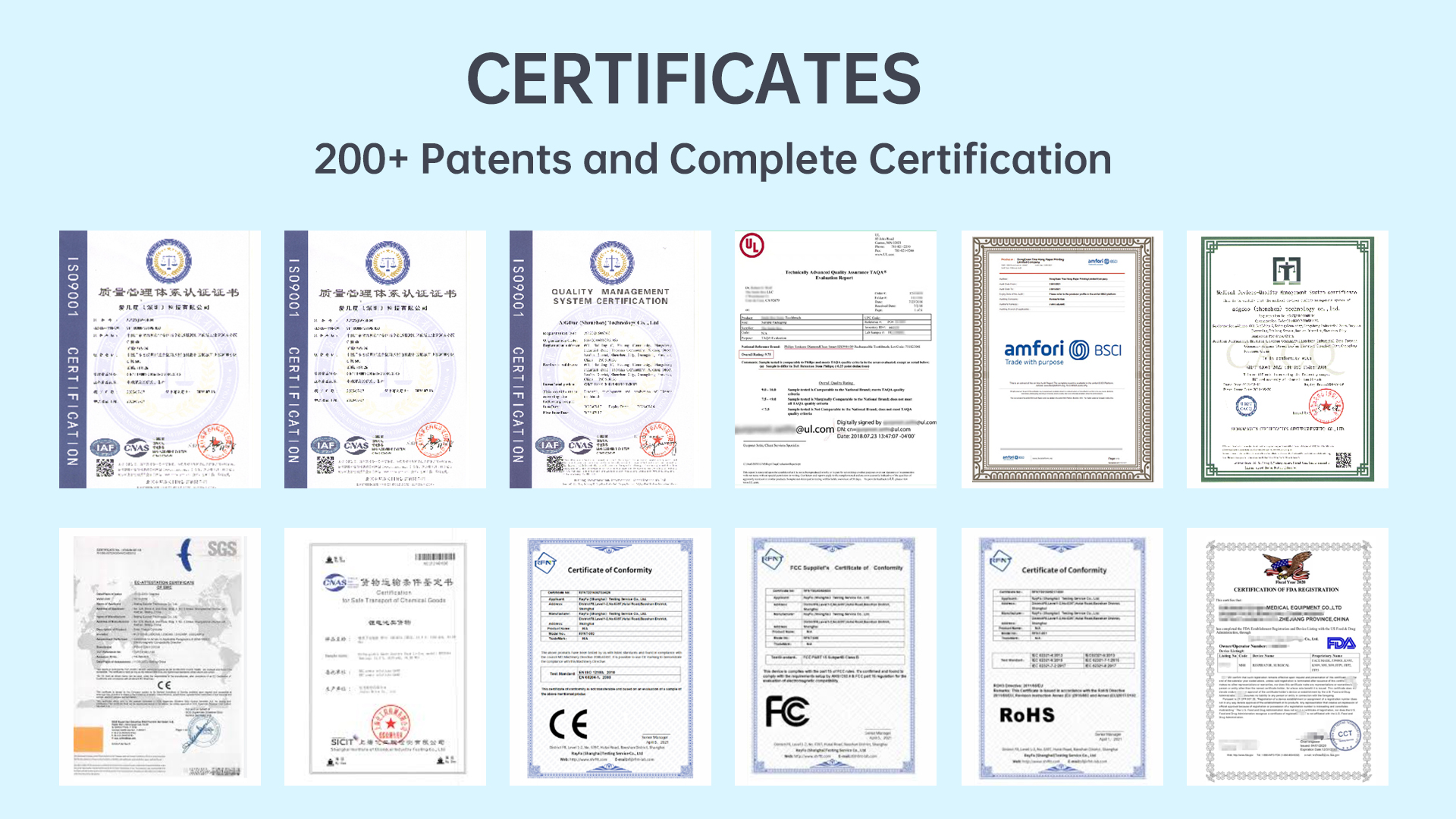
How to Choose an Electric Toothbrush Factory for Superior Cleaning Power?
Battery Leakage and Circuit Corrosion – Dangerous Duo?
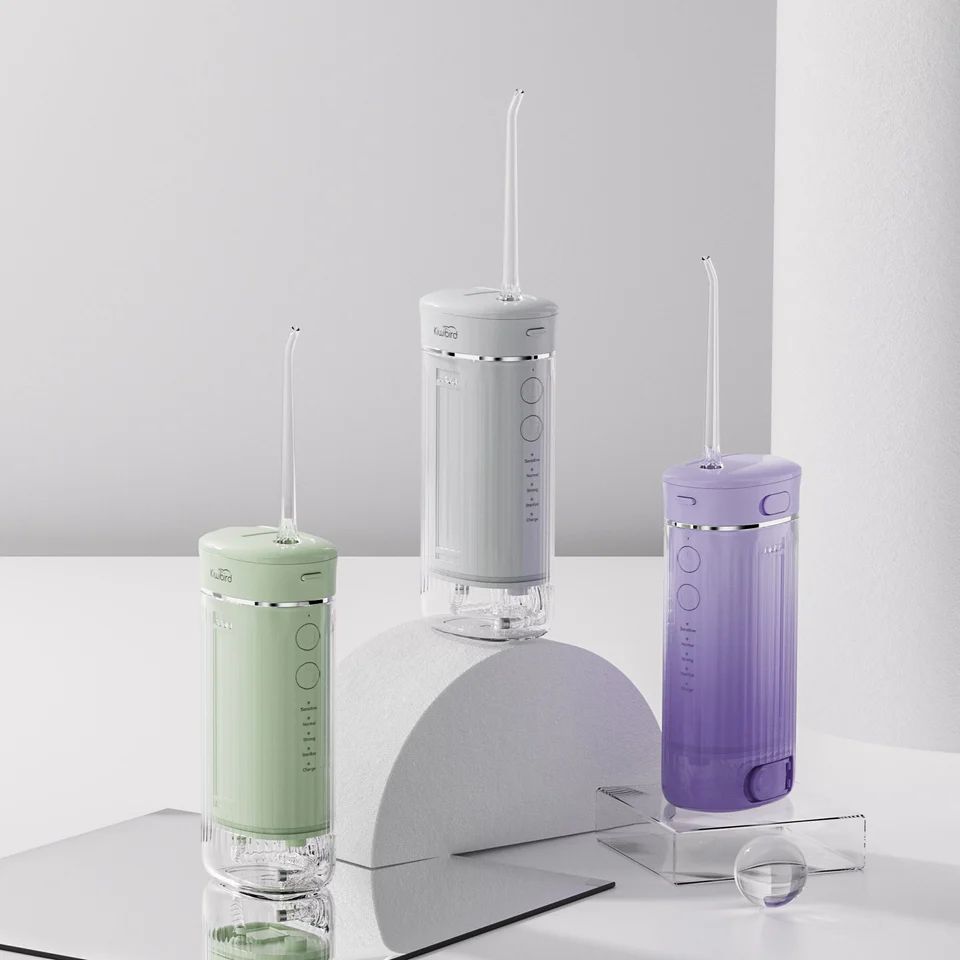
Competitive Water Flosser Features That Drive Sales
Taste Alteration After Tray Misalignment – Coincidence?
Charging Port Damage Triggering Bristle Shedding – Related?
Weak Vibration Plus Sensor Failure – Double Malfunction?
Incomplete Flushing after Flow Interruption?

The Rising Market Potential of At-Home Teeth Whitening Devices
.jpg)
sonic electric toothbrush Little Rock
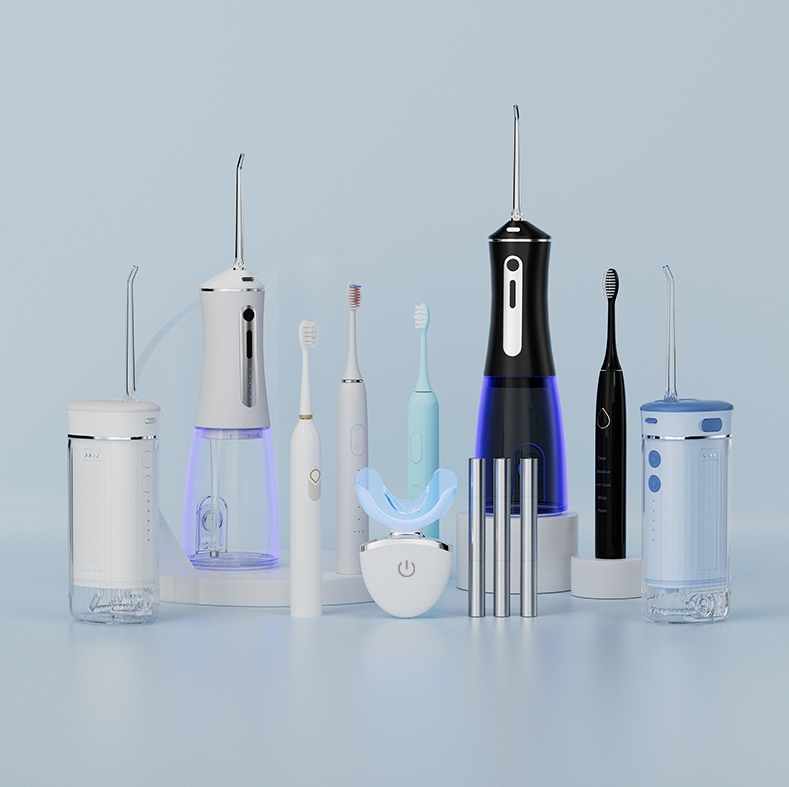
Common Electric Toothbrush Issues & How Factories Can Prevent Them
Cavity Risk from Taste Residue?
Pulse Instability with Noise Spikes – Motor Dying?
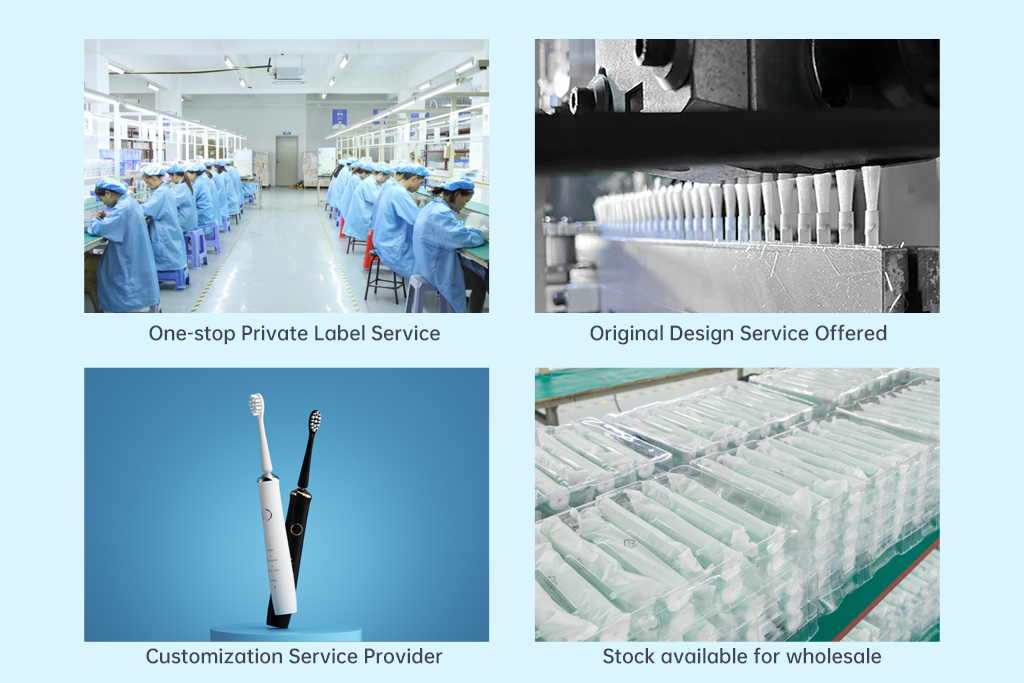
Benefits of Electric Toothbrushes: Why Brands Should Invest in electric toothbrush Quality Manufacturing
.jpg)
Product Expansion Strategy: Why Brands Should Add Water Flossers to Their Lineup

electric toothbrush heads Ultra Soft

Private Label Whitening Gel

Customization Teeth Whitening Gel

Electric toothbrush heads Charcoal Infused-Diamond

electric toothbrush heads Charcoal Infuse-Round

electric toothbrush heads Deep Clean
.jpg)
Florida Electric Toothbrush – Powsmart PTR-C8

electric toothbrush heads Regular Clean
whstapp
whstapp
National Toll-Free Service Hotline
+86 755 86238638